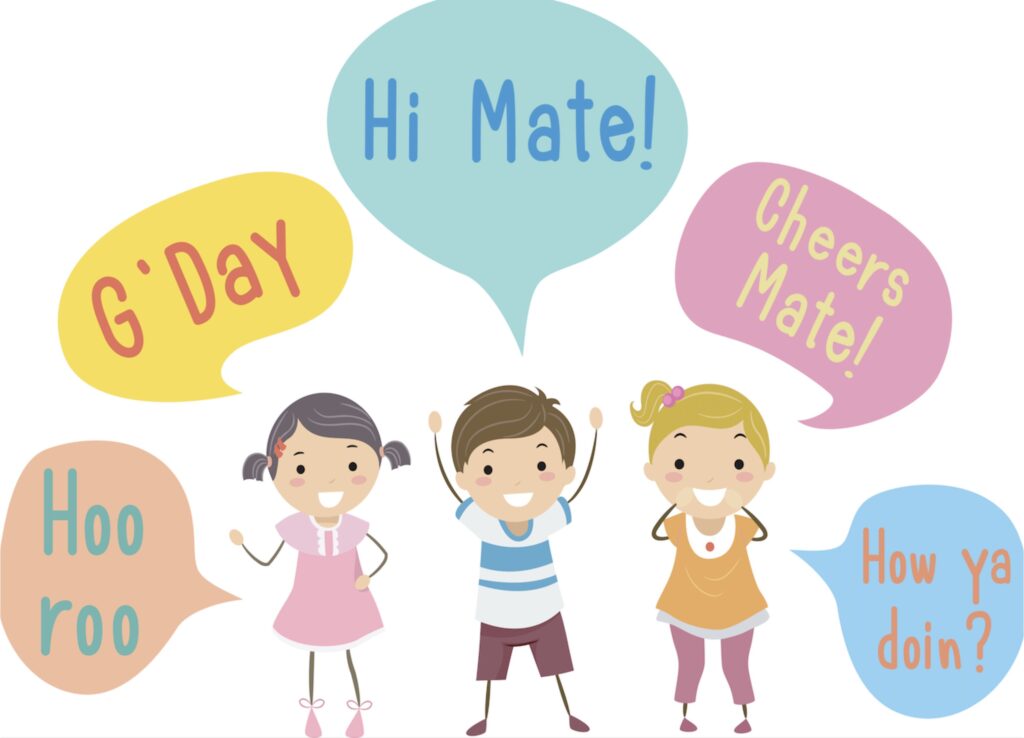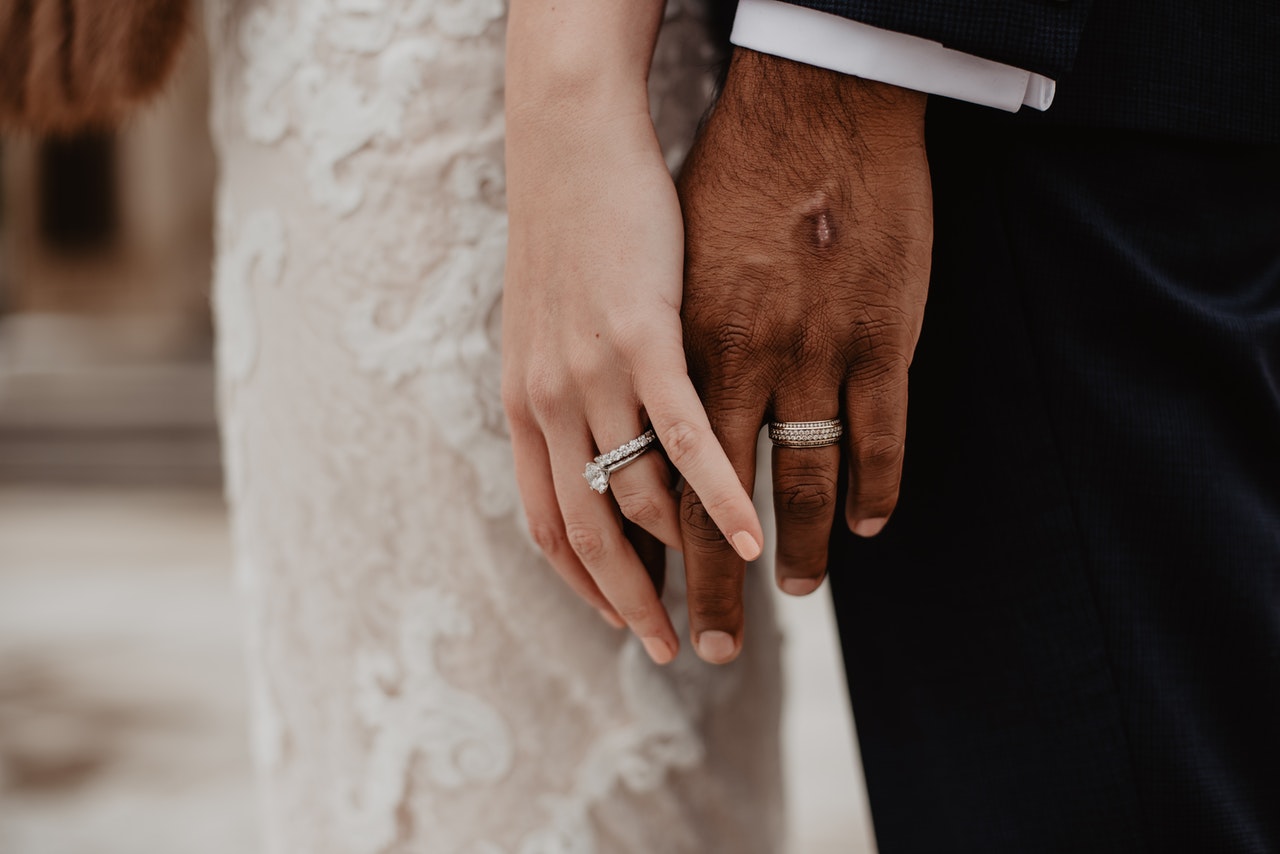Reading Time: 2 minutes
- Britain’s population was stable till 1740; then it grew rapidly, giving rise to poverty and crimes.
- By the 1770s, prisons were so overcrowded that non-operational ships had to be used as prisons.
- Eventually, it was decided to send some convicts to the newly discovered Australia, and on 26th Jan 1788, 11 ships carrying convicts, seamen, civil officers, etc. reached Sydney.
- More fleets were brought in over the next few years, and convicts brought with them the term ‘mate’ from Britain and used it to address each other as companions or comrades.
- ‘Mate’ as a word for a companion first appeared in writing in the late 1300s and came from the prehistoric Germanic word ‘ga-matjon’ – ga means together, and mat means meat/food – those who eat food together.
- Because it was used for those who sat & ate together, the convicts also used the word ‘mate’ to address jailers, to mean “you are not better than us”, and thus provoke them.
- After a few fleets of convicts, the government also opened free immigration and while all of this was happening, news (some true, some fake) of people finding gold in Australia spread.
- Skilled people, frustrated with their conditions in Britain and hopeful of a better life moved to Australia in big numbers and took the role of gold diggers.
- Convicts (some of whom had been given freedom) were already using ‘mate’ and then, diggers, working in dangerous conditions, also created a unique national identity of ‘mateship’ and put up a collective resistance against the authorities.
- ‘Diggers’ & ‘mates’ gained the same meaning and many soldiers in wars fought between 1899 to WWI were former mining diggers, who quickly dug out trenches in hard ground for defense & machine guns.
- It was here that the term ‘mate’ bloomed, gained a special meaning, and became an Australianism.
- Mateship then became an Australian military virtue and Australian Army Recruit Training Centre lists it as one of the soldierly qualities: ‘[…]soldierly qualities include a will to win, dedication to duty, honor, compassion, and honesty, mateship and […]” it seeks to instill.
- Researchers say that ‘mate’ lost the spark of ‘friendship’ in the 1940s and by 1990, it began being thrown around generally, even for people who were casual acquaintances.
- It is said to be integrated into Australian politics as well – the labor party uses it to represent the ‘unionism’, while the conservatives use it to bring forth the sacrifices of the soldiers.
- In 1999, the then PM John Howard proposed the inclusion of ‘mateship’ in the preamble of the constitution, but it was not accepted.
Image courtesy of Lorelyn Medina through Adobe Stock






















